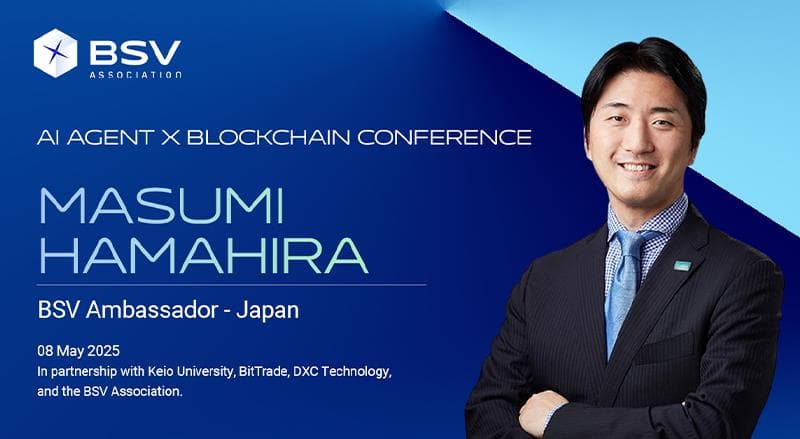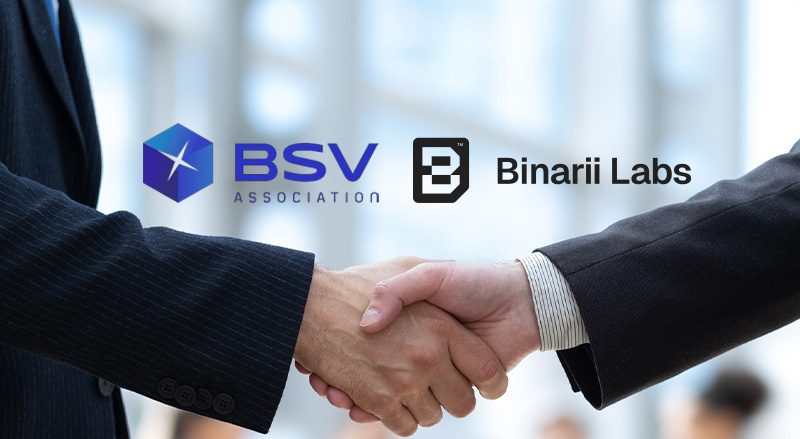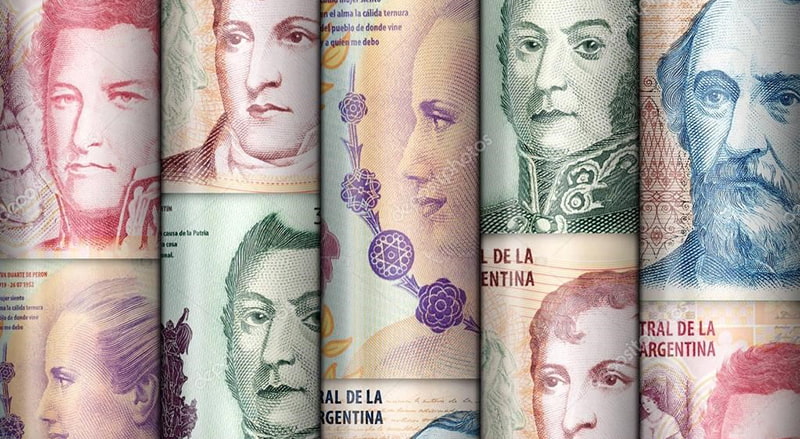Bitcoin and blockchain technology have, by sheer quirk of history, become synonymous with Satoshi Nakamoto, the anonymous developer credited with Bitcoin’s invention.
However, the fathers of the blockchain aren’t anonymous at all: Scott Stornetta and Stuart Haber are credited with the invention of blockchain, having come to the idea of a time-linked chain as a solution to the problem of authenticating documents. They were even cited directly in the Bitcoin white paper.
They have the credentials one would expect from the creators of the blockchain: Haber has a Ph.D. in computer science from Colombia University, while Stornetta has a Ph.D. in physics from Stanford University.
Between them, they tell a history of Bitcoin which stretches further back than even Satoshi Nakamoto.
Reasoning behind the invention
Stuart Haber says he was interested in mathematics from a young age. After studying theoretical computer science with a focus on cryptography at Columbia in New York City, he secured a grad job at Bellcore, a telecommunications and research company whose work at the time involved cryptography.
‘Their cryptographic problems were those that some of the blockchain world has heard of. They were working on zero-knowledge proofs when they were brand new, invented by Silvio Micali, Shafi Goldwasser and Charles Rakoff,’ he says.
When he had been working at Bellcore for two years, he met colleague Scott Stornetta. It was Stornetta who set the two on the path toward the blockchain; Bellcore gave their employees a long leash to build solutions to whatever problems they identified, and the researcher had one large, specific problem in mind.
‘The real concern I had was with the fact that society depends so much on its record keeping – this was about 30 years ago – and I could start to see that there would be this transition to entirely digital records,’ says Stornetta.
‘I knew how easy it was to alter digital records without anyone noticing and felt that if we couldn’t find a way to ensure the integrity of the records that we kept, how could we build any sort of trustworthy infrastructure on top of it?’
“So, for me, the question was how to create an immutable record.”
‘The problem that we were addressing,’ explains Haber, ‘was the title of our first paper: How to timestamp a digital document.’
The solution was to use one-way hash functions, take requests for registration of documents (which mean the hash values of the documents), group them into ‘units’ (blocks), build the Merkle tree and create a linked chain of hash values.
In other words, they had invented the blockchain back in 1991. They presented their solution at Crypto 1990, the 10th annual international cryptology conference in Santa Barbara, and within a year they had the algorithm – what is now called the blockchain. By 1994, they had spun the technology out of Bellcore and into its own start-up company – Surety Technologies.
‘This was way before every creative, every kid who could write a line of code, imagined himself or herself as running a big start-up,’ says Haber.
‘We wanted to be able to enable worldwide consensus on the hash values that were in our blockchain.’
The way that Haber and Stornetta did this was to, at the end of each week, take the sequence of block hash values from the preceding week, build another Merkle Tree, take the root of that tree and then publish it in the New York Times’ Sunday Edition as an advertisement. This year marked the 30th anniversary of the first of those publications – and that’s where they’re still published to this day.
When asked about how successful this effort at commercialization was, Haber says good-naturedly:
‘Well, you hadn’t heard of it until Bitcoin took off and became quite popular and people started making money by holding Bitcoin.’
In other words, the commercial business didn’t take off.
Haber says it wasn’t so much due to being outcompeted by any other digital integrity mechanism – the problem was that the world was getting along just fine without any digital integrity mechanism at all. Businesses were just as happy to go along relying on file timestamps and dealing with discrepancies as they cropped up. The idea of not only taking a business’ records but charging them for it turned out to be a tough sell in the early ‘90s.
Living ahead of your time
Even today, when not a day goes by without digital assets making mainstream headlines, blockchain technology has proven to be an elusive concept. While people who are aware of the innovation will probably be able to recite its promised benefits – transparency, authenticity – the number of people who can describe its technical underpinnings or explain why the blockchain can deliver on these promises is much smaller.
However, for Stornetta and Haber, they were developing the technology at a time when businesses had yet to come to terms with the Internet. As hard as communicating blockchain theory is in 2021, Stornetta and Haber were tasked with doing it before the Internet had a chance to revolutionize the way the average person thinks about data and data sharing.
Haber jokes that it was a time when telling people you had multiple email addresses was a novelty.
‘Realize, this was a day of dial-up modems,’ says Stornetta.
‘Not even Internet days. And small amounts of bandwidth, relatively tiny amounts of storage, and a very siloed view about records inside companies. You don’t share anything about those records outside those companies.’
‘I can remember one of the most intelligent, forward looking people who was our initial investor – certainly somebody who fully understood the technology and was excited about it.’
‘When we told him that in order to seal the records that he had at his own company he would have to open up his internal computers to Internet access, he said well that’s not going to happen – why would anyone be foolish enough to do that?’
‘So, it’s hard to grasp what the pre-Internet days felt like, and so trying to push a narrative about creating a universal public record in a time where things were much more closed than they are now was a difficult sell.’
Though both Stornetta and Haber are comfortable with their invention and its place in history, it’s understandable when listening to them talk to wonder if the two were simply too far ahead of their time back in 1991. However, Stornetta has his own unique take on this, too.
‘The reality is, if I had a chance to do it over again, I would have found a way to fashion it for that time and place. The technology could have had many applications, and it’s almost sour grapes, I think, when people say oh, I had a brilliant idea, but it was just before its time.’
In any case, Stornetta embraces the lessons learned during his time developing a time-chain and beyond.
‘I learned to fail in so many ways,’ says Stornetta bluntly.
‘It seems a little bit humorous to me that I get paid to lecture about being a success at failing – but in fact, the lessons really do replicate themselves generation after generation. Being able to take young entrepreneurs that have great vision but don’t know about some of the simple pitfalls and to try to help them avoid some of that pain and slowness of development is a thrill for me.’
And it shouldn’t be forgotten that whatever the world thinks or thought about blockchain, Satoshi Nakamoto did credit Haber and Stornetta in the whitepaper. This alone had a material effect on the two inventors:
‘When Bitcoin took off… it was quite an experience for me to talk to a group of financial people and say something about my place in history. And somebody would bring up the paper on their browser and say, oh my god, you’re right! It was much easier to do than say if there were no references in the Bitcoin white paper.’
What Satoshi added
The two inventors are in an unusual position: their invention is fundamental to the digital asset zeitgeist gripping the planet, but in many people’s minds, blockchain history starts and ends with Satoshi Nakamoto’s Bitcoin. This makes sense, of course: Bitcoin is the most successful application of the technology to date. But to treat Bitcoin and blockchain interchangeably is to miss the much wider potential of blockchain.
Stornetta can remember when he first read the Bitcoin whitepaper, the release of which he says was a ‘very happy moment’.
‘Satoshi’s choice about focusing on a monetary system was a terrific idea,’ says Stornetta.
‘But for me, I thought of it as one use-case amongst many possible use cases – a particularly interesting one, but for us, it was just about establishing the integrity of the record.’
‘I wouldn’t so much say it ran in a completely different direction, but started to explore all the possibilities, and we see a flourishing of that now with all sorts of ways people are trying to apply it. It’s almost like Roger Bannister running a four-minute mile: people just didn’t think it could be done.’
‘Then, with Bitcoin, you have this initial breakthrough. And what follows is that suddenly everyone says, oh, things can be done… and so, in a sense, to me, the most flattering respect you can show for Bitcoin is to try to out-compete it. And you’ve got all these people that are out-competing it, that really shows just what a breakthrough it was.’
‘It’s amazing to watch the flourishing of ideas,’ agrees Haber.
‘Not just the Bitcoin whitepaper from 2008 and the brand-new system deployed with the Genesis block in 2009… of course, blockchain has been proposed as the solution for everything for many silly projects, but there is lots of interesting work going on and it’s great to see the flourishing of it.’
‘I see our invention.. already ensuring the integrity of records, ensuring that they cannot be changed that can be used for all kinds of things. It’s how we communicate as human beings. It’s keeping the record straight – it’s history. The Library of Alexandria… we lost quite a bit when that burned down.’






